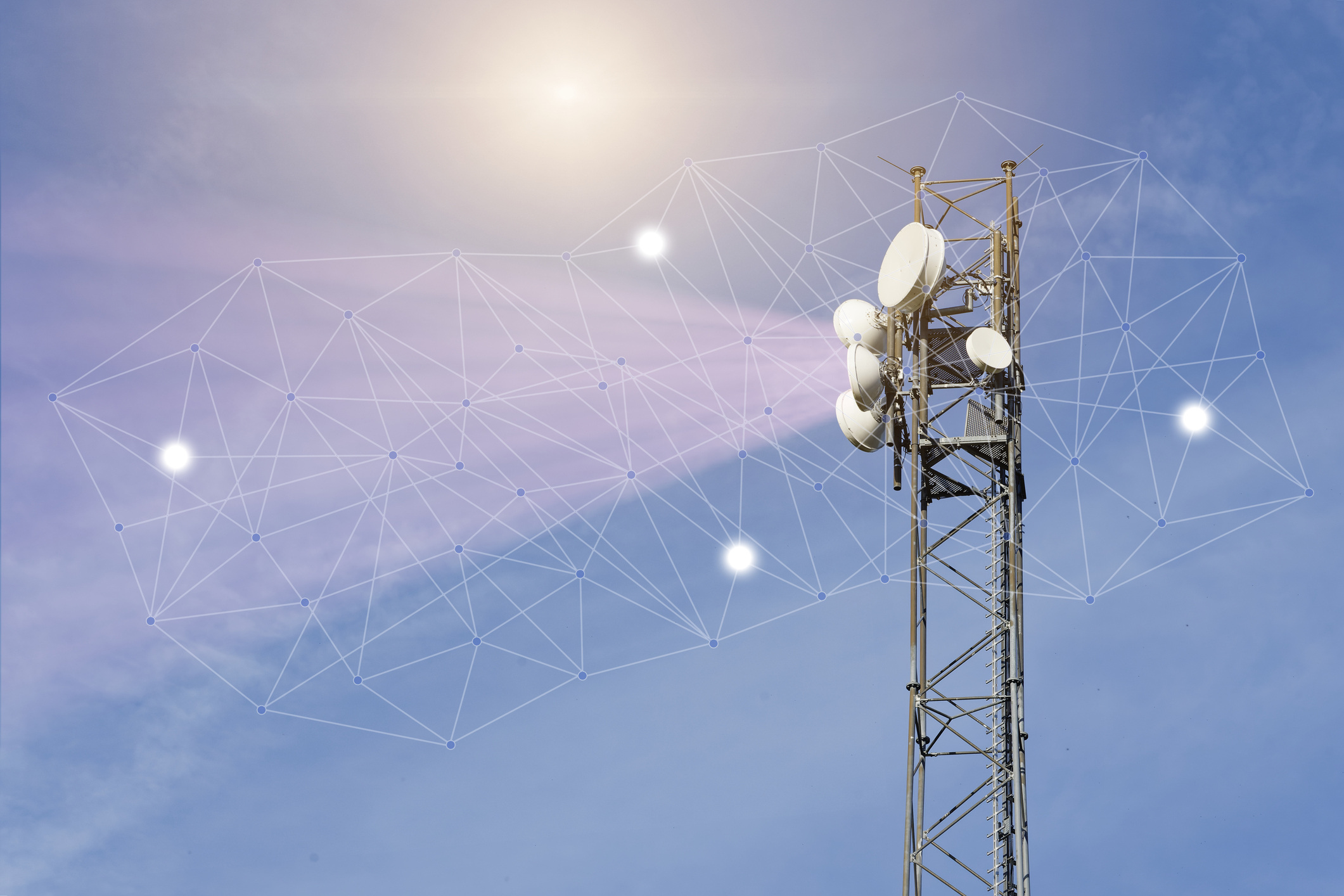The phase-out of 2G and 3G networks is well underway worldwide, and for IoT businesses, this isn’t just a minor shift, it’s a make-or-break moment. The shutdown is disrupting critical infrastructure, affecting industries that rely on legacy cellular connectivity, from smart metering and EV charging to industrial automation and logistics.
If your IoT devices still depend on 2G or 3G, you need a transition plan—fast. Here’s what’s happening, how it’s impacting key industries, and what you can do to stay ahead.
The 2G/3G sunset is happening now
Global operators are shutting down 2G and 3G networks to free up spectrum for 4G and 5G. While timelines vary by region, most major networks will discontinue support by 2025.
-
North America: AT&T and T-Mobile have already shut down 2G and 3G. Verizon followed in 2022.
-
Europe: Many countries, including Germany and the UK, are phasing out 3G ahead of 2G.
-
Asia-Pacific: Australia and Singapore have aggressively shut down legacy networks.
-
Africa & Latin America: These regions are taking a phased approach, but shutdowns are still inevitable.
If you’re still relying on 2G or 3G, you’re on borrowed time.
Industries at risk
While some businesses are prepared, many sectors still rely heavily on 2G/3G connectivity. Let’s look at some real-world examples of industries affected by the shutdown.
EV charging networks: stranded charging stations
EV charging stations need always-on connectivity for user authentication, payments, and remote monitoring. Many were deployed years ago with 2G modems to handle these tasks. Now, as networks shut down, chargers risk becoming non-functional unless their connectivity is upgraded.
▶ What’s at risk? Thousands of charging stations could go offline, impacting EV users and operators.
▶ Solution: Future-proof with LTE-M, NB-IoT, or 4G/5G-compatible SIMs to ensure uninterrupted service.
Smart metering: data loss & compliance risks
Utilities rely on smart meters for real-time consumption tracking, billing, and grid management. Many early deployments still operate on 2G networks, and when those networks go offline, so does their ability to send data.
▶ What’s at risk? Service disruptions, inaccurate billing, and regulatory non-compliance.
▶ Solution: Upgrade to cellular LPWAN (LTE-M/NB-IoT) for long battery life and wide coverage.
Industrial automation & remote monitoring
Many factories, warehouses, and heavy equipment use 2G/3G for remote monitoring and predictive maintenance. Once those networks disappear, companies lose visibility into their equipment health, leading to downtime, safety risks, and increased operational costs.
▶ What’s at risk? Delayed maintenance alerts, operational inefficiencies, and safety hazards.▶ Solution: Move to 4G/5G IoT SIMs with cloud-based management to maintain real-time monitoring.
Logistics & asset tracking: blind Spots in fleet management
Many trucks, shipping containers, and tracking devices still use 2G for GPS positioning and status updates. Without connectivity, fleet managers face blind spots in tracking shipments and monitoring cargo conditions.
▶ What’s at risk? Lost visibility, increased theft risk, and supply chain disruptions.
▶ Solution: Switch to multi-network IoT SIMs that work across regions and network types.
How to future-proof your IoT connectivity
1. Check your devices now
-
Identify all IoT devices still using 2G or 3G.
-
Check with your network provider for sunset dates in your region.
2. Upgrade to future-proof connectivity
-
Switch to LTE-M or NB-IoT for low-power applications.
-
Use 4G/5G for high-bandwidth needs.
-
Consider eSIM/iSIM for remote network switching.
3. Choose a global IoT connectivity provider
-
Avoid vendor lock-in with global SIMs that support multiple networks.
-
Ensure your connectivity solution offers remote SIM management.
Stay ahead of the shutdown
The 2G/3G sunset isn’t a future problem, it’s a NOW problem. Businesses that don’t upgrade their IoT connectivity risk losing service, operational failures, and compliance issues.
IXT provides global IoT connectivity solutions designed to keep your devices online, secure, and future-proof. Whether you need SIMs, private networking, or data pooling, we ensure your IoT deployments stay connected beyond 2025.

